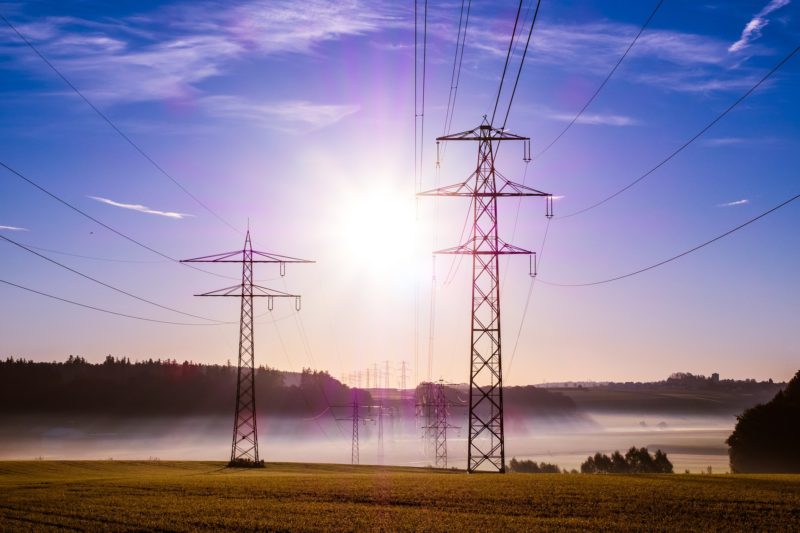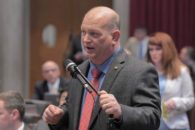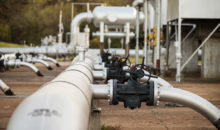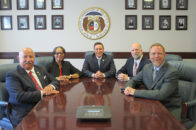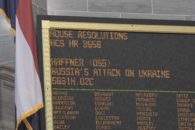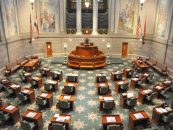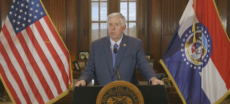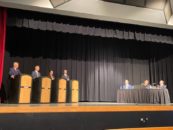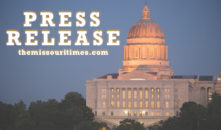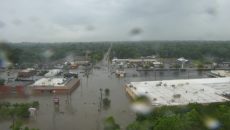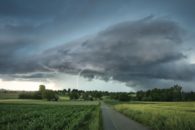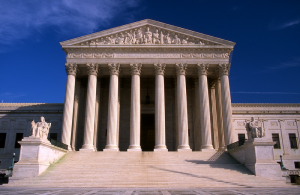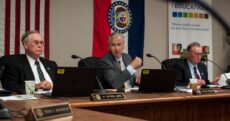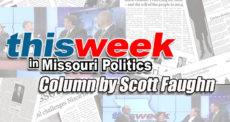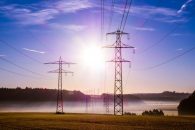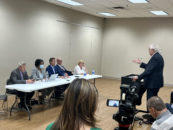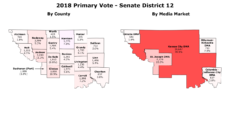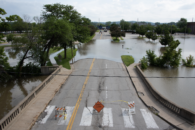As February’s cold snap weighs heavy on minds around the Midwest, Missouri clean energy advocates say focusing on efficiency and reducing the demand for power could be key to navigating future extreme storms.
The severe winter storm struck the Midwest earlier this year, forcing utility companies to initiate rolling blackouts to preserve the grid. While some Missouri communities faced outages and spikes in energy costs, millions in Texas were left without power as temperatures hit record lows and snow blanketed the area in a rare winter storm.
Renew Missouri, a clean energy group based in Columbia, released an analysis of the cold weather event this week.
The report suggested investments in LED lighting, heat pumps, and insulation as opportunities to reduce energy demand in the winter months. Increasing energy efficiency while reducing demand-side strategies would help to lessen the strain on the energy grid and lessen the possibility of severe blackouts, according to the report.
While some groups have pointed to clean energy as a catalyst for Texas’ misfortune, executive director James Owen said some officials were misplacing their ire.
“After the deadly cold snap wreaked havoc throughout our region, partisans decided not to address the issues but to point fingers,” Owen said. “Politicians backed by fossil fuel interests wanted to blame renewable energy. But the facts simply do not support those accusations. They are, in fact, groundless.”
Wind energy made up about 7 percent of the power in Texas at the time of the storm, according to Renew, while natural gas was responsible for nearly two-thirds of the energy deficit.
Missouri’s Public Service Commission (PSC) has pointed to Texas’ independence from multi-state regional transmission organizations (RTOs), which oversee interstate energy distribution. Texas is powered through its own provider while Missouri is covered by multiple RTOs. Renew and regulators agreed the solitude of the state’s energy system coupled with a lack of preparation for winter weather were major contributors to the situation.
“Many people did not make the distinction that Texas is a totally different animal when it comes to regulatory and market structures,” Owen said.
Missouri’s biggest obstacle is a lack of access to natural gas, according to a report from the Southwest Power Pool (SPP), one of the RTOs covering part of Missouri and 13 other states. SPP required generators to produce 12 percent more than the projected need in case of emergencies while Texas’ system does not have an excess capacity requirement.
Many Missouri utilities are spreading the financial recovery from the winter storm over the next three years, hoping to make up for the event slowly rather than bombard consumers with large rate increases.
Municipal utilities, meanwhile, have the opportunity to apply for a Municipal Utility Emergency Loan Program. The General Assembly earmarked $50 million for five-year interest-free loans to help local utility companies offset the storm’s impact. More than 50 local providers signed up for the program.
The cold snap has also been a focal point of Spire Missouri’s campaign to keep its STL Pipeline active after its approval was remanded by a federal court earlier this year. While Spire Missouri President Scott Carter estimated the overall impact of the cold snap would be a 25 percent rate increase for customers in the western part of the state, the eastern side will only see a 15 percent hike due to the pipeline.
The pipeline remains operational under an emergency certificate that expires Dec. 13; federal regulators are considering an extension through the beginning of April.

